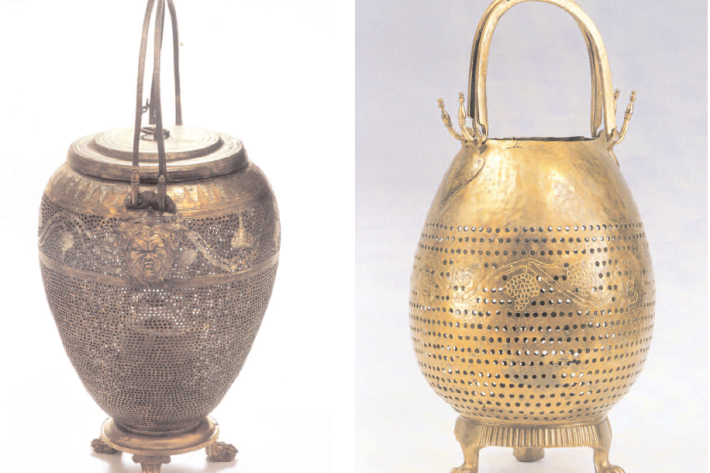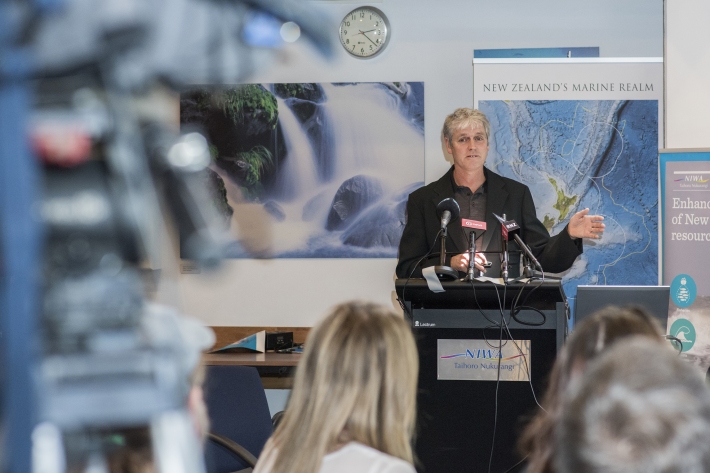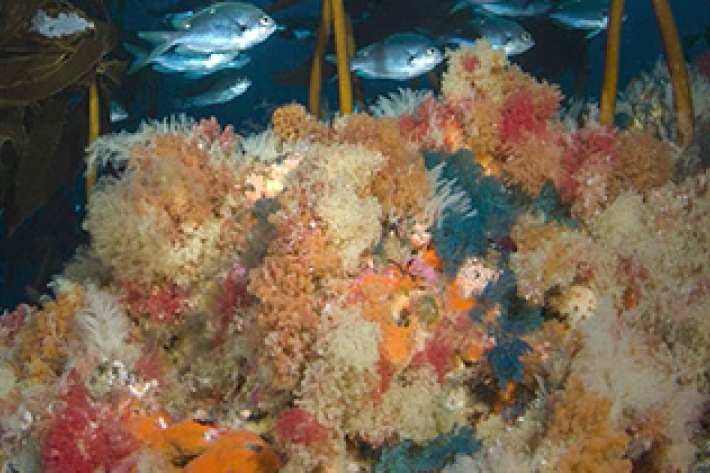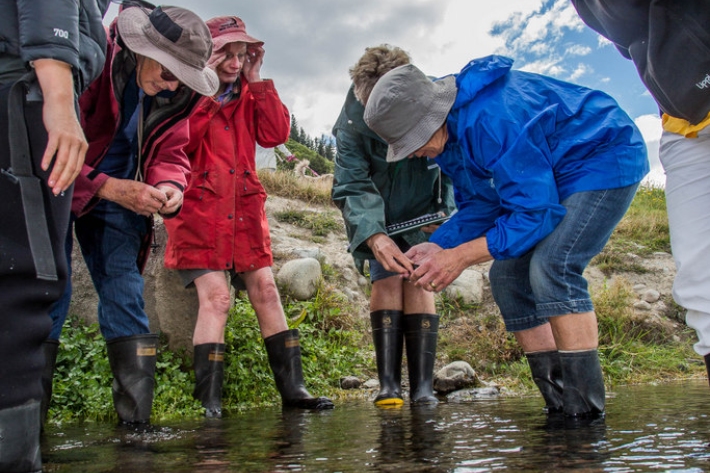-

Monitoring and maintenance of kōura
Once you have identified the problem, and applied the necessary tools for restoring kōura to your stream, the next phase of your project is to monitor the site to see whether restoration works. -

Applying the right tools to restore kōura to lakes and streams
The tools available for restoring kōura to lakes and streams depend on what is causing kōura to decline. -

Hotspot Watch for 21 December
Hotspot21 December 2016An update describing soil moisture across the country to help assess whether severely to extremely dry conditions are occurring or imminent. -

Critter of the Week – Aristotle's lantern: Celebrating the Aristotle Anniversary Year (2016)
This year is the 2400th anniversary of the birth of Aristotle, a philosopher and scientist (384 BCE), who among other many great achievements was the first person to describe the structure, ecology, and diversity of sea urchins – way back in the 4th century BC. -

Why are kōura rare or absent in your waterway?
Habitat and biological factors factors affect why kōura rare or absent in your waterway. -

Are kōura present in your waterway?
First, determine if kōura should be present in your stream. -

Summer Series 2016
This is a special series of stories put out to the media in the 2016/2017 summer. -

Identifying the problem for kōura
Identifying the factors causing kōura numbers to decline will allow you to determine which restoration tools you need to employ. -

Guide to restoring kōura (freshwater crayfish) in lakes, rivers and streams
Habitat degradation and the introduction of exotic plant and fish species have adversely affected kōura populations throughout New Zealand. However, there are a number of measures that we can use to restore kōura populations in lakes, rivers and streams. -

Summer Series week 1: NIWA's year of science
Media release19 December 2016A year is a short time in science but a lot happened in 2016. NIWA highlights its top scientific endeavours of the past 12 months. -

Bountiful Bryozoans
News article12 December 2016A new fully illustrated electronic identification guide, Bountiful Bryozoans, has just been released to help people identify this group of marine creatures in the wild. -

Citizen science monitoring of water a win-win, research shows
Media release12 December 2016New research has revealed that citizen science monitoring of water is a win-win for scientists and volunteers—one gains access to new data, and the other the skills and confidence to become involved in discussions over what is happening to their streams.
